Unless you’re a fan of James Herriot and his escapades treating farm animals, chances are you won’t have heard of mastitis until (or if) you come down with it. Then, like all postpartum issues, suddenly everyone has a mastitis story or two!
Looking for fun activities with your baby or toddler?
There are thousands of classes and groups on Happity. Find one you’ll love here.
What is Mastitis?
Mastitis is inflammation in the breast tissue, which makes your breasts sore and painful. You may also suffer from flu-like symptoms.
Mastitis inflammation can sometimes turn into an infection which is treated with antibiotics.
What Is The Main Cause Of Mastitis?
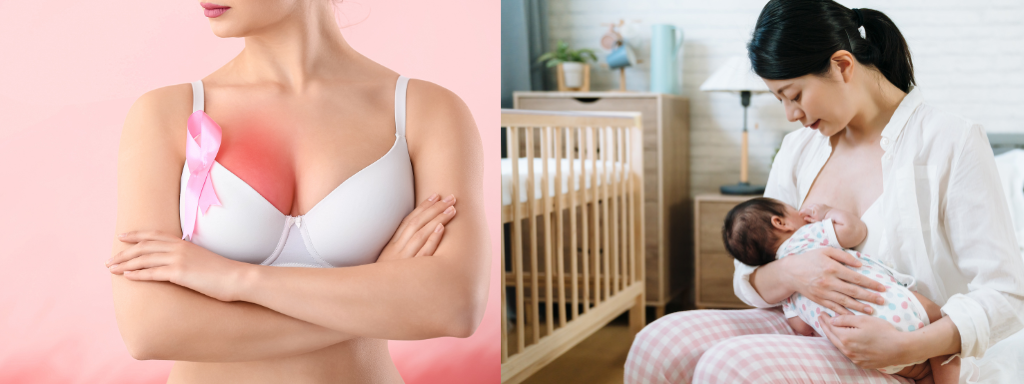
For breastfeeding mums, mastitis is usually caused by blocked ducts. So the milk builds up more quickly in the breasts than it is removed. Blockages can be caused by feeding from one side more than the other, your baby latching on incorrectly, and missing feeds.
An injury to a gland or milk duct can also be a cause of mastitis. Check out this diagram of where your milk ducts are.
If you’re not breastfeeding, any sort of crack or tear in the nipple could potentially lead to mastitis.
“I had it, but very early stages, so antibiotics saw it off really quickly.”
-Liz, Team Happity
What Are The Symptoms of Mastitis?
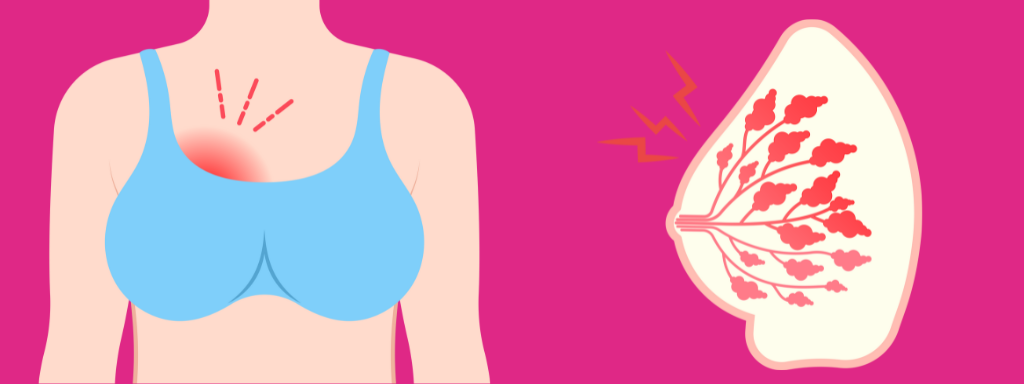
You may notice a swollen area on one or both breasts which feels painful. It may feel hot to touch, or have red patches or streaks. You may have nipple discharge and feel hot or feverish with flu-like symptoms.
Blocked ducts can often be an early stage. Watch out for these as you can often clear them on your own, either through offering your baby the affected side, pumping or using your hand.
You can move manual pumps around the breast easily and alter speed and pressure. Electric pumps can be helpful too, though some might not quite get the right area and you have to know your pump well! You definitely don’t want to be pressing hard on a swollen breast with a pump, so hand-expressing may be gentler.
Infection from mastitis can lead to a complication like an abscess, but this is very rare. For this you will need minor surgery.
“Best to catch it quickly and get to the GP for antibiotics (which incidentally help any other cuts or skin blemishes so it’s not all bad!)”
-Emily, Team Happity
How Long Does Mastitis Last?
If you catch mastitis in its early stages and treat it at home, you may stop it in its tracks.
If symptoms don’t improve after the first 12-24 hours and you then see your GP and start antibiotics straight away, you can avoid mastitis lasting for longer than a few days. Most cases will resolve within a week.
“I had a blocked duct, small red area on one side and a very low-grade temperature. The GP saw me straightaway, said it was ‘developing’ and prescribed antibiotics. All was well within a few days. I also worked hard to unblock the blocked duct!” (Liz, Team Happity)
How Do You Treat Mastitis?

Keep breastfeeding (or pumping) as normal, as this will help with blocked ducts. Try not to overfeed, as this might actually overstimulate your breasts to produce even more milk!
You may want to hand-express a little to help with engorgement. Run your free hand gently across the whole breast down towards the nipple to help unclog those ducts.
Try soaking a cloth with warm water and laying it on your breast. Warm showers will also help. You can even hand-express in the shower.
As an alternative to a cloth, some people swear by cabbage leaves.
To help with pain and your temperature, take paracetamol or ibuprofen. Make sure you get plenty of sleep, rest and drink plenty of fluids. Treat it as you would the flu as you’ll probably feel really run-down.
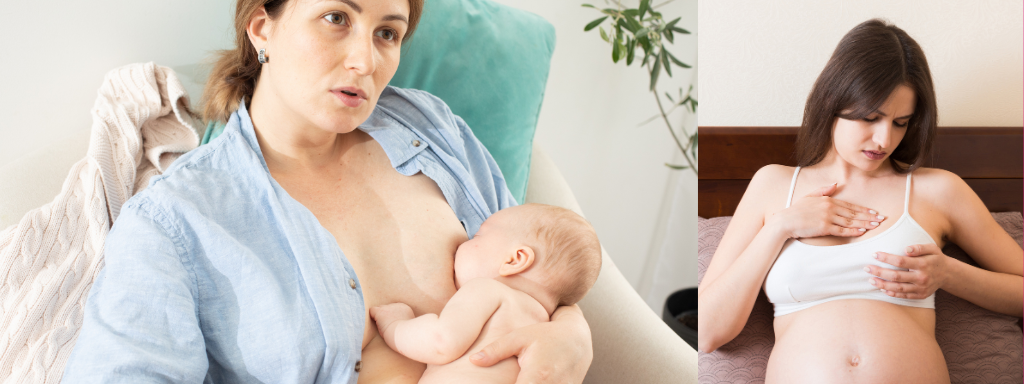
Make sure you’re wearing loose-fitting clothing and avoid underwired bras – maybe wear an extra cup size up, or don’t wear one for a while.
If your symptoms don’t improve within 12-24 hours at home, see your GP as you will need antibiotics. These will be prescribed for a week or 10 days. You should start to notice an improvement immediately but, as with anything, always take the full course. Even if you’re feeling better, this will help prevent the mastitis from returning.
Go back to your GP if your symptoms don’t improve within 48 hours of taking antibiotics.
“I found expressing in between feeds helpful to ease pain. BUT – only express a little! I expressed full feed and ended up producing enough milk for twins but I only had one! So I then had to slowly reduce to just little tiny expresses often to reduce this (which it did quickly). I also found warm showers helped relieve the pressure. I didn’t get to cabbage leaves but hear they work too…”
-Emily, Team Happity
Can I Prevent Mastitis?
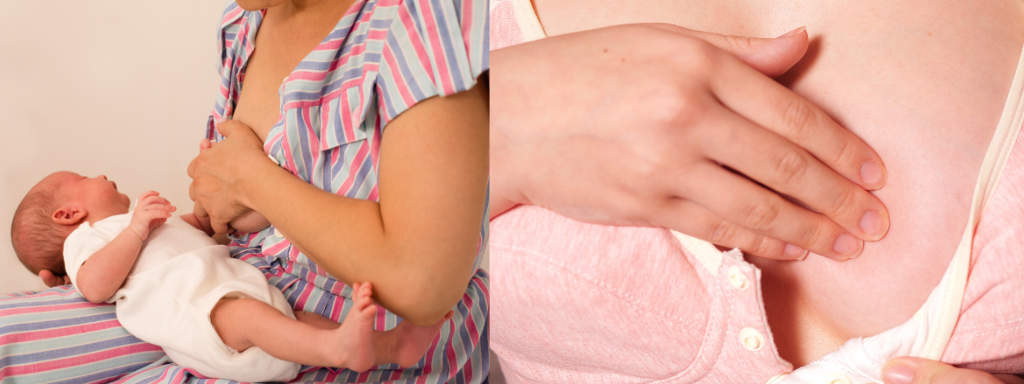
As with anything, prevention is better than cure, but don’t worry if you come down with mastitis more than once – it’s actually really common.
Try and alternate sides when you are feeding. You may need to pump a little, or hand-express if you feel your breasts becoming swollen and your baby doesn’t want to feed. It’s all about keeping a good flow! Check out this NHS video on how to express milk by hand.
Keep an eye out for blocked ducts and any areas of redness on the breast which may develop. Loose-fitting clothes and comfy, soft bras (no underwires) will help stop milk getting trapped in the breasts too.
We know it’s hard when you have a baby, but try and take care of yourself. Plenty of sleep, food and fluids should help your immune system.
If you come down with any sudden temperature, look out for swelling on the breast (you’ll probably notice the swelling before the temperature actually!)
Blocked ducts can feel like hard areas, a bit like ‘cords’ or ‘ropes’ in the breast, leading from the armpit to the nipple.
There’s a difference between ‘milk plugs’ or blocked ducts and mastitis. While blocked ducts don’t always lead to mastitis, they are uncomfortable and you will want to unblock them as soon as you can. If you are breastfeeding, feeding your baby on that side will help. Or you can pump, or hand express.
Check out loads of breastfeeding and bottle-feeding tips here.
“After my experience with mastitis, I became extra aware of blocked ducts and would hand express or pump if I felt any hard or ‘ropey-feeling’ areas.”
-Liz, Team Happity
Where Can I Read More About People’s Experiences Of Mastitis?

Look at kellymom’s blog for further advice about breastfeeding, plugged ducts and mastitis.
Read a personal story from actress Jenna Dewan for Emma’s Diary and further info here. You can also read about Big Bang Theory star Mayim Bialik’s breastfeeding journey here.
Or check out The Unmumsy Mum if you want to read a comedy story about unblocking milk ducts and husbands!
“Once you’ve read The Unmumsy Mum’s (rather hilarious) experience of hand-expressing, cabbage leaves and wet towels (involving her husband as well!), you never quite forget it!”
-Liz, Team Happity
Did You Know?
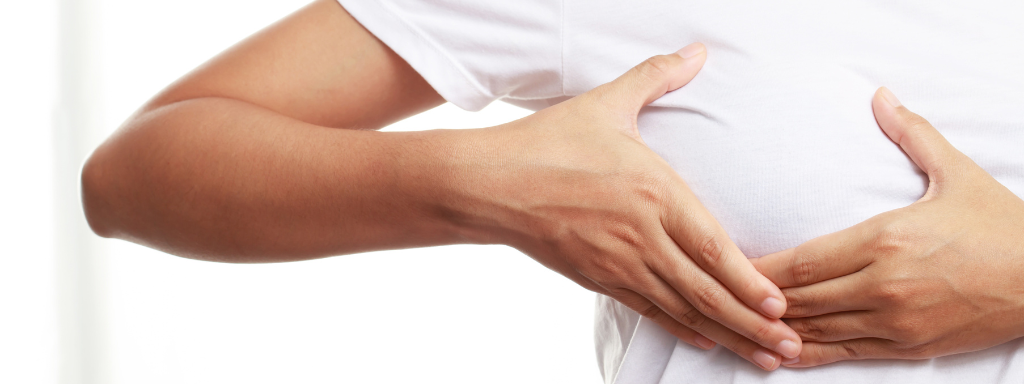
Although mastitis usually affects breastfeeding women, you can sometimes get mastitis even if you’re not breastfeeding.
Did you know men can also get mastitis? It’s not as rare as you think. Something as simple as a shirt chafing against a small cut in the nipple area can lead to it! Nipple piercings can also be culprits.
Definitely see a GP straight away if you think you have mastitis and you’re not breastfeeding.
So if you’re suffering at home with mastitis, a quick text or WhatsApp chat with friends may reveal more kindred spirits than you think! It’s really, really common.
Also check out Midnight Mums if you want to chat in real time with a network of mums who are up and about.
Want To Get Out And About, Have Fun With Your Baby Or Toddler, And Meet Other Parents?
Search Happity to find everything that’s happening for the under-5s in your local area – from music and singing classes, to messy play, arts and crafts, baby massage, gymnastics and more. Simply enter your postcode and child’s age to search, and then book your spot in a few taps. Enjoy dedicated fun time with your little one, watch their skills develop, and make friends at the same time. Mums, dads, grandparents and carers will all find something to love!
If You Found This Post Useful, You May Also Like:
Nap Transitions: How And When Your Baby Will Drop Their Naps


0 Comments